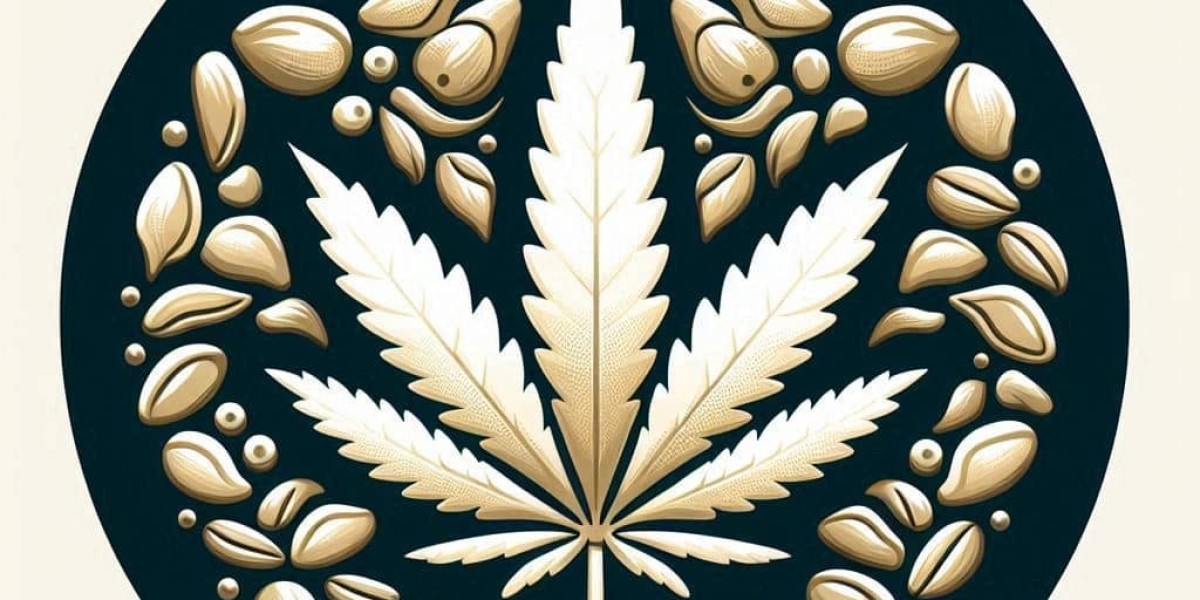A hybrid strain with roots in Brazil and South India, White Widow has been a favorite among growers and users since the 1990s. One fascinating aspect of this strain is how it responds to ultraviolet (UV) light during cultivation. Understanding this response can help growers improve yield, potency, and overall plant health.
When cannabis plants are exposed to UV light, particularly UV-B radiation, they often react by producing more trichomes. Trichomes are the small, crystal-like structures that cover the buds and leaves of the plant. They contain cannabinoids like THC and CBD, as well as terpenes that contribute to the plant’s aroma and flavor. The theory is that trichomes act as a natural sunscreen, protecting the plant from harmful UV rays. In the case of White Widow https://whitewidowseeds.com this response is especially pronounced.
White Widow already has a reputation for being coated in a thick layer of trichomes, giving it a frosty appearance. When exposed to controlled amounts of UV-B light during the flowering stage, growers have reported an even more intense resin production. This not only enhances the visual appeal of the buds but can also lead to a higher concentration of cannabinoids. For those cultivating White Widow with the goal of maximizing potency, incorporating UV-B lighting into the grow setup may be worth considering.
However, it’s important to use UV light carefully. Too much exposure can stress the plant and lead to reduced growth or other issues. The key is to introduce UV-B light gradually and monitor the plant’s response. Many experienced growers recommend starting with short exposure periods during the middle of the light cycle and increasing the duration slowly over time.
Another benefit of UV exposure is its potential to stimulate the production of secondary metabolites. These compounds can contribute to the plant’s resistance to pests and diseases. For a strain like White Widow, which is already known for its resilience, this added boost can make a noticeable difference in the overall health of the crop.
In conclusion, White Widow’s response to UV light is a compelling example of how environmental factors can influence cannabis cultivation. By understanding and leveraging this response, growers can potentially enhance the quality and potency of their harvest. As always, careful observation and a willingness to experiment are key to finding the right balance for your specific grow environment.








